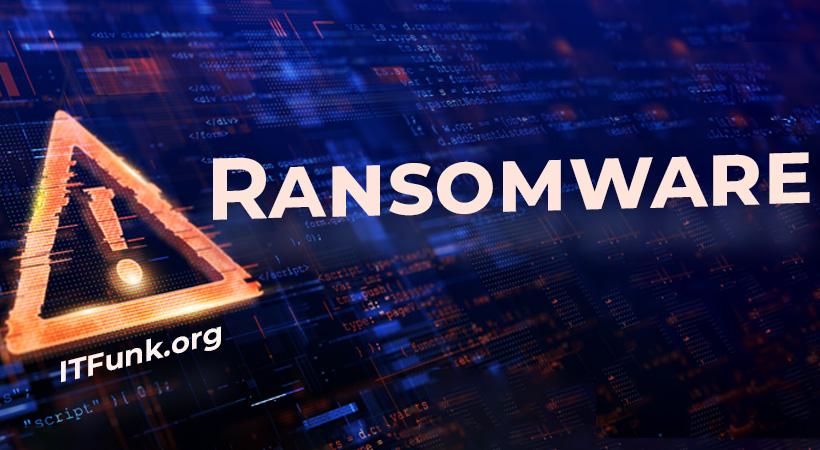In the realm of cybersecurity threats, ransomware continues to pose a significant danger, with new variants emerging to exploit vulnerabilities and compromise user data. The PIRAT HACKER GROUP ransomware is the latest malicious program based on the Chaos ransomware, targeting users by encrypting their files and demanding a ransom for their release. This article aims to provide insights into the actions and consequences of the PIRAT HACKER GROUP ransomware, along with preventive measures to safeguard against such threats.
Understanding the PIRAT HACKER GROUP Ransomware
The PIRAT HACKER GROUP ransomware operates as a crypto virus, encrypting files on the victim’s machine to render them inaccessible. In the case of our research, the ransomware appended a unique extension comprising four random characters to the names of the affected files. For example, a file originally titled “1.jpg” would appear as “1.jpg.xgu8” after encryption.
Upon completion of the encryption process, the ransomware creates a ransom note named “read_it.txt” and alters the desktop wallpaper. Notably, the desktop wallpaper falsely claims an association with the Federal Bureau of Investigation (FBI), warning users that their system is monitored and unauthorized access is prohibited.
Consequences of the PIRAT HACKER GROUP Ransomware:
- File Encryption: PIRAT HACKER GROUP encrypts files on the victim’s system, making them inaccessible without the decryption key.
- Unique File Extension: The ransomware appends a unique extension to the encrypted files, distinguishing them from their original counterparts.
- Ransom Note: A ransom note named “read_it.txt” is created, containing instructions on how to pay the ransom for file decryption.
- Desktop Wallpaper Modification: The ransomware changes the desktop wallpaper, displaying a message falsely associating with the FBI and warning against unauthorized access.
Actions Taken by the PIRAT HACKER GROUP Ransomware:
- Encryption Process: The ransomware encrypts files using a variant of the Chaos ransomware, rendering them inaccessible to the victim.
- Ransom Note Creation: A ransom note named “read_it.txt” is generated, outlining the ransom demand and instructions for payment.
- Desktop Wallpaper Modification: The ransomware alters the desktop wallpaper, displaying a deceptive message claiming affiliation with the FBI.
Preventive Measures
- Regular Backups: Maintain regular backups of important files on separate and secure storage to facilitate data recovery without succumbing to ransom demands.
- Cybersecurity Awareness: Educate users about the dangers of opening suspicious email attachments, visiting untrustworthy websites, and clicking on unfamiliar links.
- Email Vigilance: Exercise caution with email communications, avoiding opening attachments or clicking links in unsolicited or suspicious emails.
- Software Updates: Keep all operating systems and software up-to-date to patch known vulnerabilities that ransomware may exploit.
- Security Software: Install reputable antivirus and anti-malware software to provide real-time protection against evolving threats.
- User Permissions: Restrict user permissions on systems to limit the impact of potential ransomware attacks.
- Network Security: Implement robust network security measures to detect and prevent unauthorized access and the spread of ransomware within networks.
Conclusion
The PIRAT HACKER GROUP ransomware serves as a reminder of the constant evolution of cyber threats and the need for proactive cybersecurity measures. By adopting a multi-layered approach to security, including regular backups, user education, and the use of reputable security software, individuals and organizations can fortify their defenses against ransomware attacks. Staying vigilant and adhering to best practices for online safety are crucial in mitigating the risks associated with evolving malware threats.





